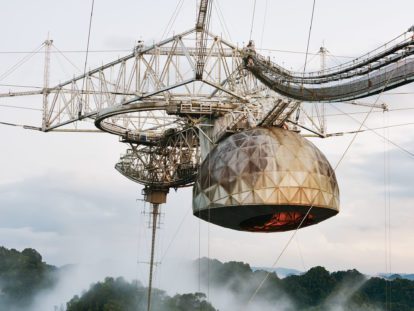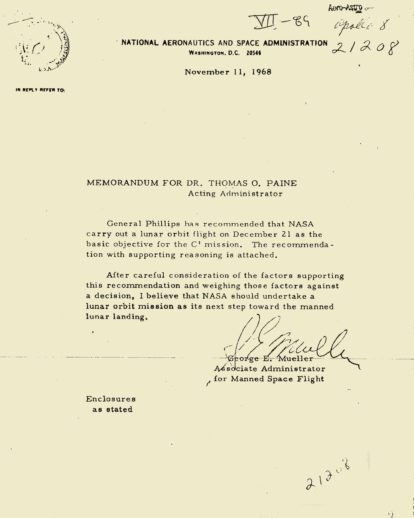The next human evolutionary jump forward is happening right now and it’s faster than any before, thanks to technology. While these changes are coming about quickly, many of them are actually cheats. Technology is influenced by already well developed examples created in nature by millions of years of evolution. Humans are starting way behind and are essentially copying nature’s homework.
This isn’t a new phenomenon. Way back in 1505 Leonardo da Vinci spent several years compiling notes on the ways birds fly in his Codex on the Flight of Birds. This went on, four centuries later, to inspire the first man-made flying machines.
In more recent years we’ve developed the tech to cut down that four century development period to just months. Thanks to powerful computing it’s now possible to analyse data on a huge scale then create virtual models of real-world examples before beginning production. This is only going to get faster and more impressive.
Right now there are plenty of examples of tech copying nature that’ll you’ll know and will have probably experienced. The needle used when you get an injection was actually based on the tip of a mosquito’s mouth. Swimsuits used in the 2008 Olympics that mimic shark skin have since been banned because of how effective they were at improving speeds. The high-speed Japanese Shinkansen, aka bullet train, was based on the beak of the kingfisher bird which stops a sonic boom when the train leaves a tunnel.
So, what else is out there right now and what is in development that will change our lives in the future?
Space Geckos
While the advances of nature come from earth, they may no longer remain here as NASA is using biomimicry to help explore space. Specifically, it’s using the feet of geckos to make off-world exploration of planets like Mars a reality. As you may imagine, Mars is a planet rife with dust which could make exploration, with grippy hands, difficult. Since water is in finite supply, cleaning that dust could be problematic. This applies to space too where things like sticky tapes and suction cups are useless in a vacuum. So how to grip effectively? A gecko has evolved to self-clean dust allowing it to adhere to surfaces in all environments. Space gloves, for example, will use the elastic hairs of a gecko, called setae, to remain dust free while also offering adhesion for easy handling of tools in harsh environments. But the gecko’s work isn’t done there.
Geckos are able to climb walls thanks to their feet which have microscopic flaps that, when in full contact with an area, create a Van der Waals force between the feet and the surface. These are weak intermolecular forces that result from subtle differences in the positions of electrons on the outside of molecules. Using this, mechanical engineers at Stanford University have helped NASA develop a robotic gripper that can adhere even in vacuums. This has already been tested on the International Space Station and could be used in future to create robots that can crawl about outside in space to carry out repairs.
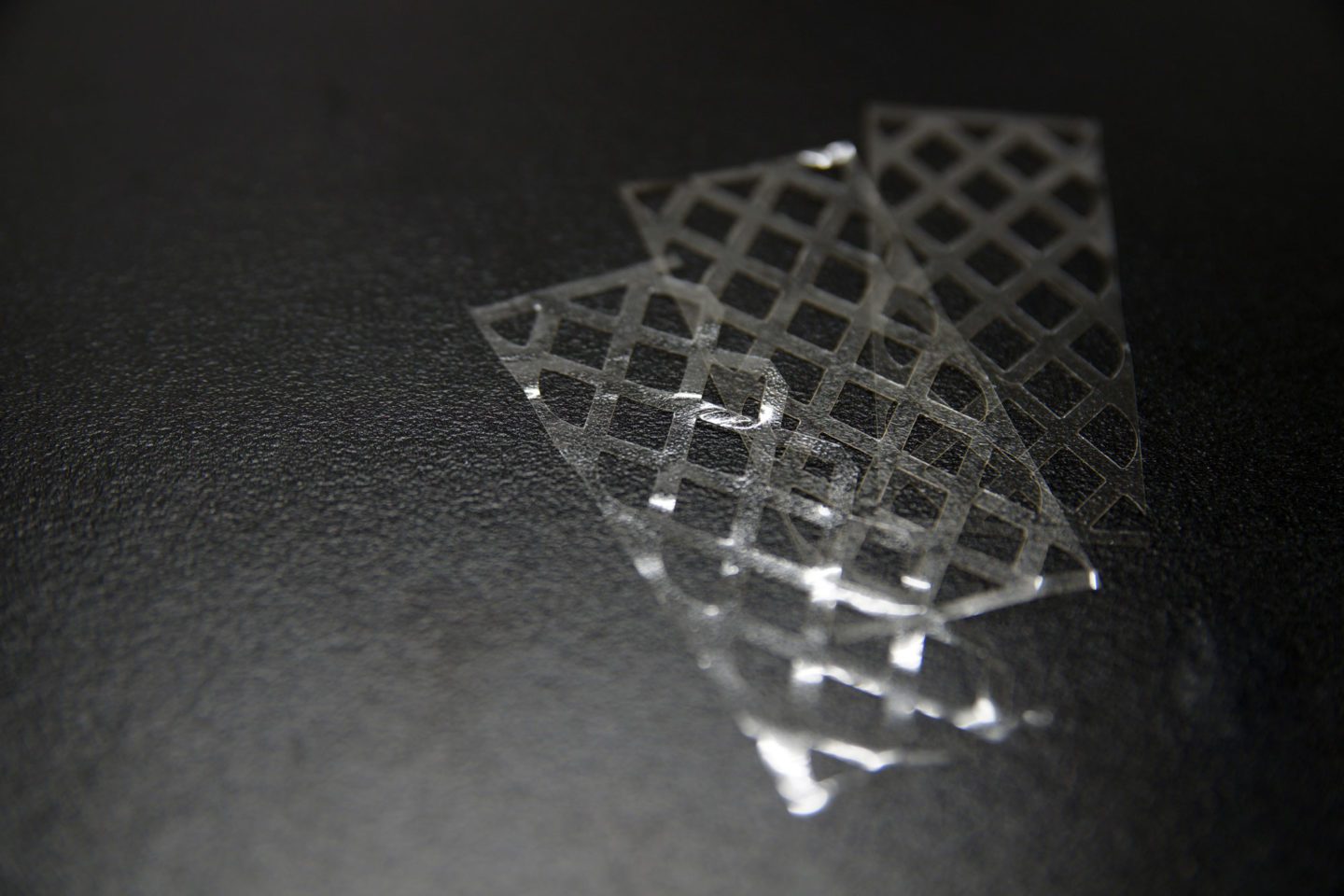
Image: Spiber Inc.
Spider Armour
One of the strongest materials on the planet is created by the humble spider in the form of its webbing. This silk material is now being manufactured by companies like Spiber which says the future of materials will be protein based. It believes protein based materials, which can be grown and edited at the DNA level, will be used as commonly as metal and glass are now. The natural spider silk is 340 times tougher than steel. To put that in perspective, a thread of spider silk as thick as a pencil could theoretically stop a Boeing 747 passenger plane at full speed in mid-air.
One company, Kraig Biocraft Laboratories, has genetically modified silkworms to produce spider silk. Since 40 percent of their body weight is dedicated to silk glands this is an effective way to produce the material quickly. And this is just the start.
Invisibility From Squids
While Harry Potter’s invisibility cloak might seem like an idea that will remain magic alone, it could become a reality thanks to nature. The cephalopod, aka squid, already uses a smart system of colour changing that allows it to blend in with its environment which we could copy.
Squids use specialised cells which can change colour at will with the tightening of certain muscles. This was replicated by scientists at the University of Houston with a system that can recognise surrounding colours and match them automatically using a pixelated display, all without any human intervention needed at all. It’s still early days but this could mean future camouflage that’s truly invisible.
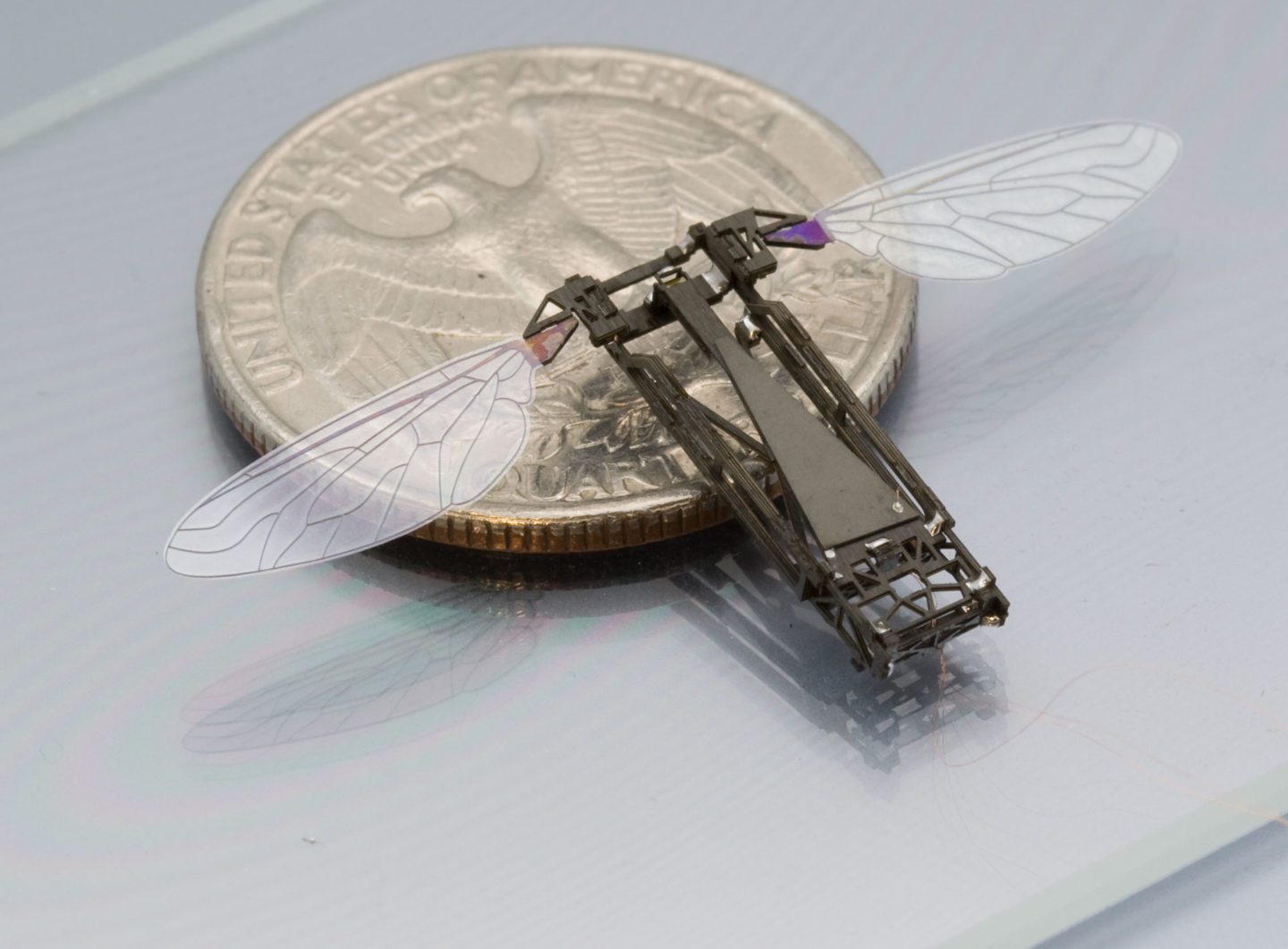
Image: Wyss Institute at Harvard University.
Robo Bees
Around three quarters of the world’s crops require pollination from bees. Pesticides, land clearing and climate change have contributed to a huge decline in bee populations worldwide. Technology could offer a solution in the form of robot bees.
The challenge is to create a drone capable of flying in winds while still being able to land on plant petals to pollinate them. Scientists have developed a system that may help. The current tech needed to compute flight and landing in wind would be the size of a desktop computer. That’s why a new system that uses an event-based sense and control algorithm in a neuromorphic chip has been created. How is this nature related? This mimics brain activity using neural networks and could, potentially, offer the smarts in a small enough package to help RoboBees do their jobs.
RoboBees, based on a fly, could also be used for search and rescue missions, surveillance and weather monitoring.
Shocking Woodpecker
Absorbing shocks is an important way that cars could replenish electric energy from movement, black boxes could survive in plane crashes and future spacecraft could survive impacts. Enter the humble woodpecker, which spends its day headbutting trees without any injury. This action means it suffers 1200 G of force up to 22 times per second. To put that in perspective, a car crash that causes a human a concussion can be as low as 80 G of force.
The woodpecker’s shock absorbers work on four levels: the semi-elastic beak, spongy bone in the skull, thin layer of cerebrospinal fluid around the brain plus a hard beak to avoid fracturing.
This can all be applied to spacecraft to help absorption of impacts from space debris like micrometeorites. Back on earth that tech could help energy capture in electric vehicles through reabsorption. It could also be very helpful in protecting Formula One drivers on the track.
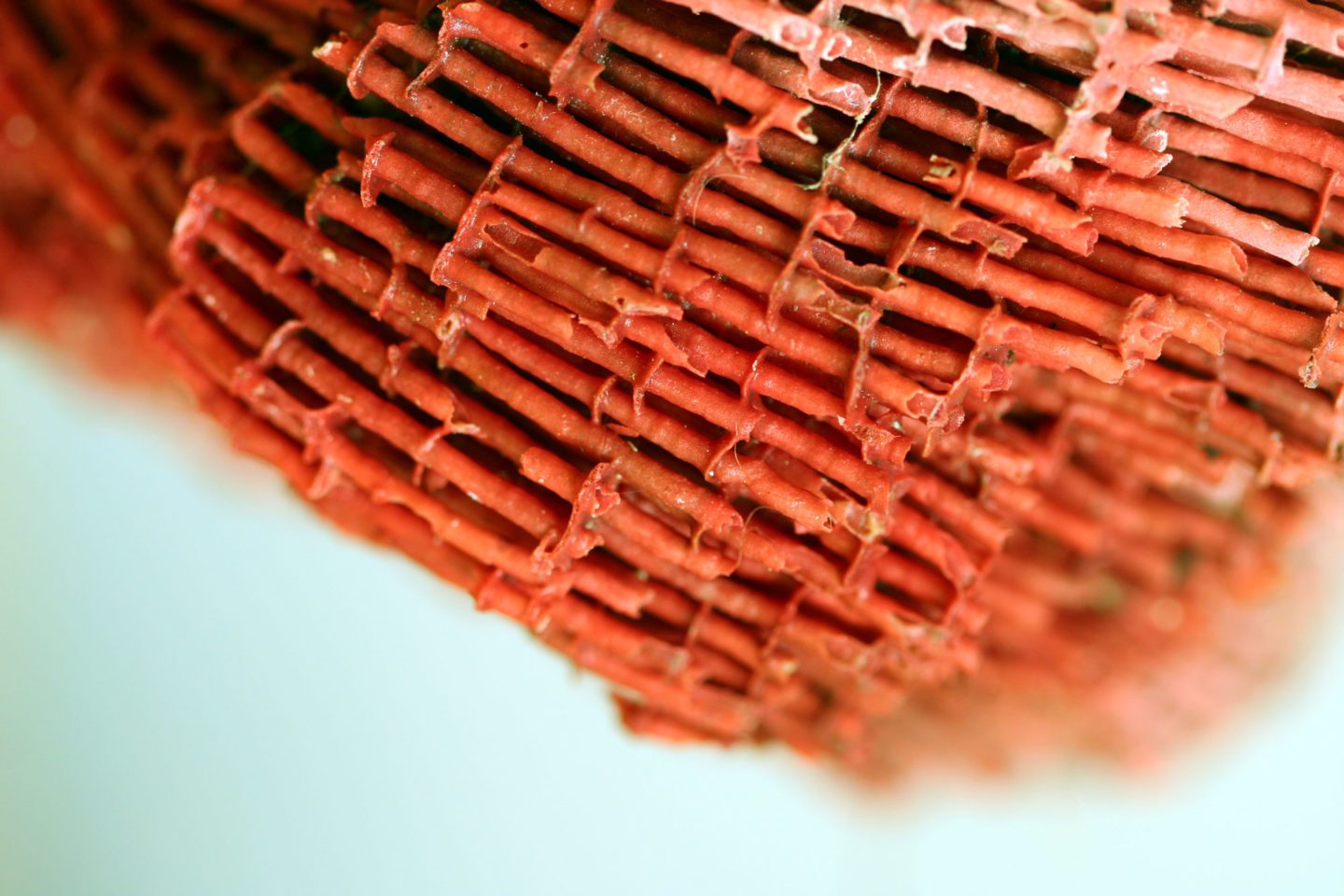
Image: Biomimicry 3.8.
Aquatic Capture
By 2050 a predicted population of 9 billion people will mean water is all the more finite. That’s why a team has developed a system to collect water using nature’s methods as a guide. Team NexLoop, which won the 2017 Biomimicry Global Design Challenge, created a system called AquaWeb which is able to collect water from the air. These include methods similar to how cribellate orb weaver spider webs collect fog from the air, how drought-tolerant plants like the crystalline ice plant store water, and how mycorrhizal fungi like the Jersey cow mushroom distribute water. The team also looked to the dwarf honey bee’s hexagonal nest structure for AquaWeb’s efficient and modular design.
Energetic Moths
The eye of a moth could be the key to solar power running everything and even working indoors. Scientists at the University of Surrey discovered that modelling solar cell material on a moth’s eye makes it absorbent enough to work when the sun is behind clouds. This material is being called the most light absorbent ever and is created using graphite. Moth’s eyes work by using a patterned surface to channel light and avoid reflections, something these scientists have replicated in a super thin material.
